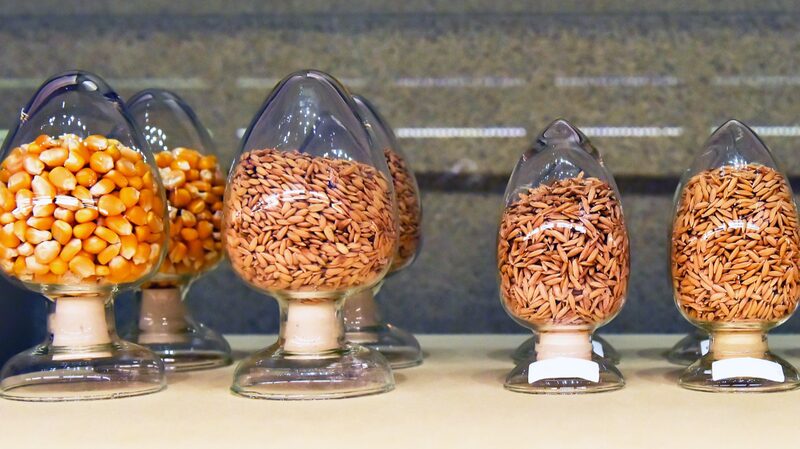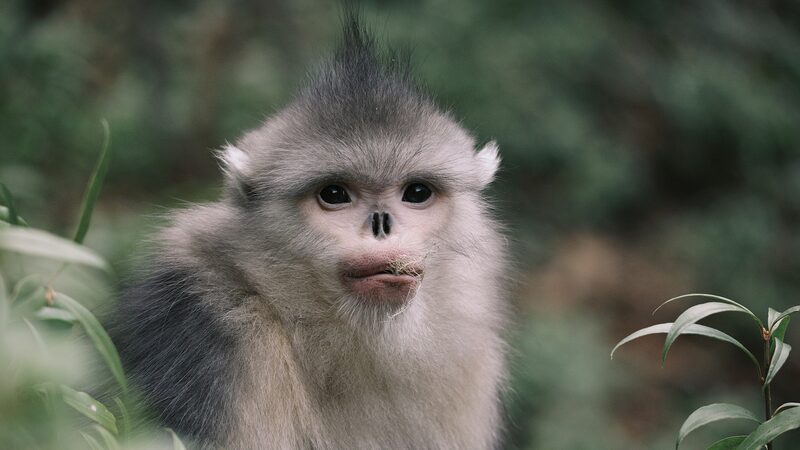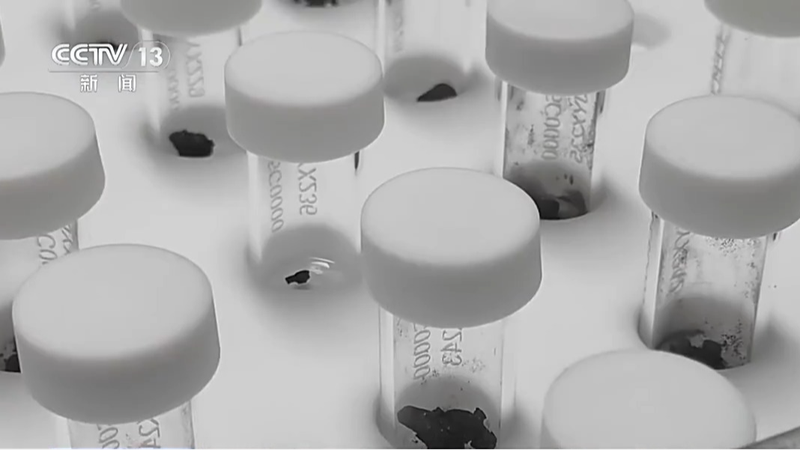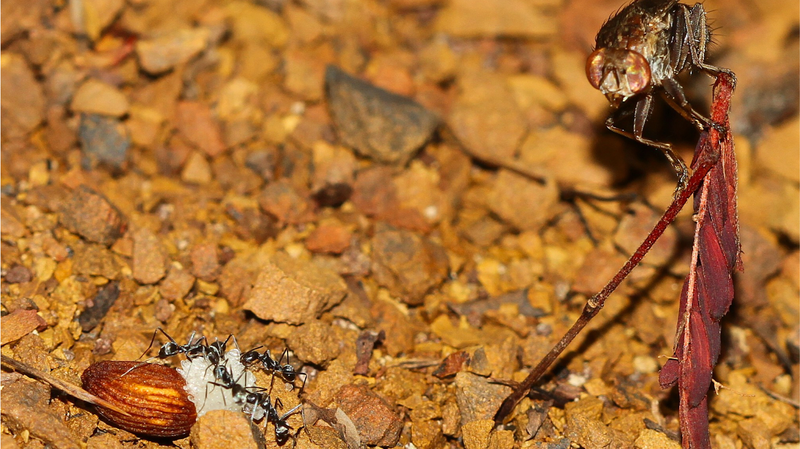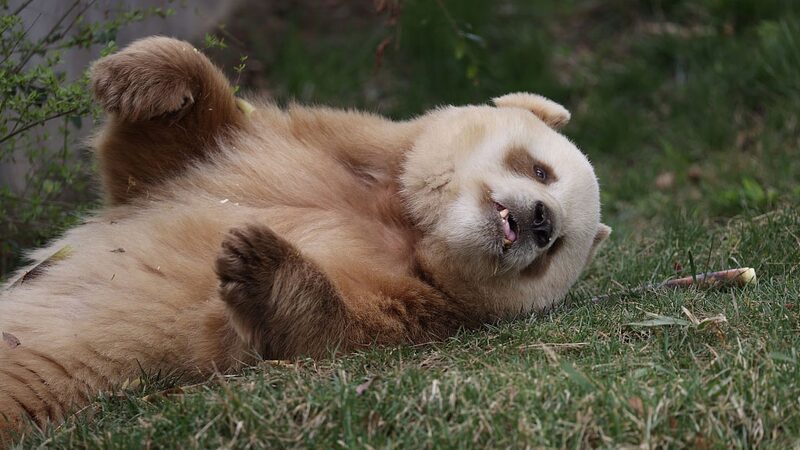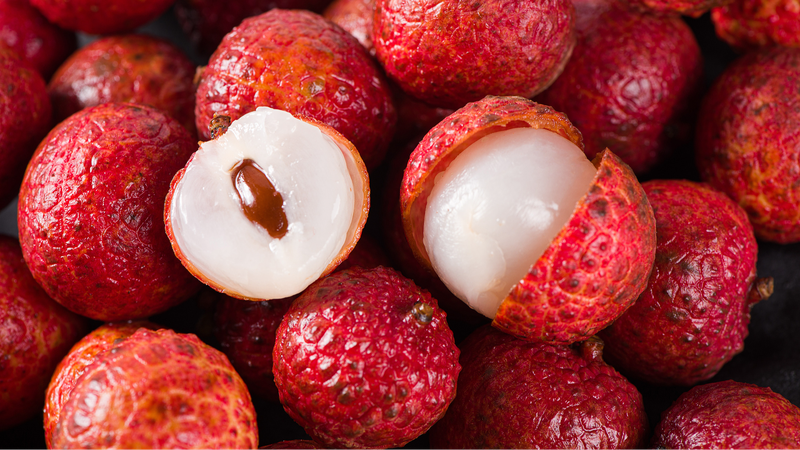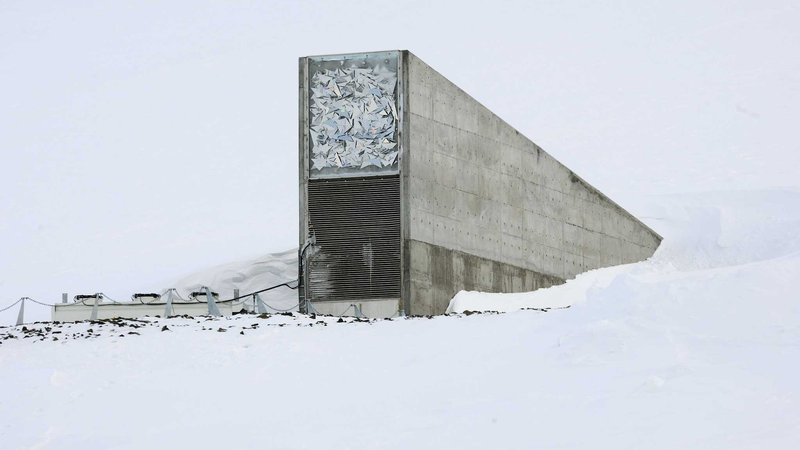The Germplasm Bank of Wild Species in southwest China’s Yunnan Province has reached a significant milestone by preserving over 11,000 species of wild plant seeds. Recognized as the largest facility of its kind in Asia, the bank now houses more than 94,000 seed samples, representing over one-third of China’s wild plant species, according to Cai Jie, director of the germplasm collection center.
Established in 2007, this seed bank, often dubbed the “Noah’s Ark” of plants in China, serves as a critical repository for preserving the genetic diversity of rare and endangered species. Affiliated with the Kunming Institute of Botany under the Chinese Academy of Sciences (CAS), the facility encompasses a seed pool, DNA bank, microbial bank, and animal germplasm resource bank, among other sectors.
“Germplasm resources are vital carriers of plants’ genetic information,” explained Cai Jie. “By conserving seeds, we safeguard the genetic blueprints essential for biodiversity conservation and sustainable utilization.”
Beyond seed preservation, the bank boasts advanced genetic resource databases and information-sharing management systems. Its technology platform integrates functional gene detection, cloning, and validation, positioning it at the forefront of genetic research and conservation efforts.
Moreover, the Germplasm Bank has developed China’s largest plant DNA barcode database and identification platform. Utilizing DNA barcoding technology, researchers have discovered new and cryptic species across various taxa, including the Chinese yew, Chinese giant salamander, and certain snake species. These discoveries play a crucial role in enhancing national biosecurity and contribute significantly to global biodiversity conservation initiatives.
The bank’s comprehensive approach not only preserves existing genetic resources but also facilitates research that can lead to breakthroughs in agriculture, medicine, and environmental protection. As challenges such as climate change and habitat loss threaten plant species worldwide, institutions like the Germplasm Bank of Wild Species are more important than ever in safeguarding our planet’s biological heritage.
Reference(s):
Asia's largest wildlife seed bank preserves over 11,000 plant species
cgtn.com
